Going long….
It was probably around fifteen years ago when I first got the feeling that my catch rates would dramatically increase if I could only cast into an area of my local lake where fish would never usually see bait. I would sit and watch the fish cruising up and down along the far margin, where fishing was not allowed, their backs would often be out of the water and I could pretty much count them as I sat on my bed chair over a hundred and thirty yards away feeling rather frustrated!
The fish in this low stocked mere would often hold up in this safe area, especially when the lake was pressured and because it was only a couple of feet deep, it warmed up quickly and provided a safe place where they could soak up some sun without any threat from us anglers.
Now I realise that distances in excess of a hundred and thirty yards are well within reach to many carpers today, but at the time this was a long way with the tackle at my disposal. Firstly, I did not want to have to drop to la ow breaking strain mono’s to achieve the distance but leave me little chance of being able to hold the fish away from the over hanging branches that went into the water on the far side. I thought that if I lost a fish like this it could easily become tethered or at least harm itself by thrashing around trying to rid itself of my end tackle. There were also mussels to contend with in this shallow, silty area and after lots of thought I decided that I wanted to reach the fish with my trusty fifteen pound line.
I struggled to buy new rods and reels that I felt would be up to the job, and ended up with twelve foot three pound test curve ‘Scorpions’ and big Shimano Biomaster 8000 reels which I filled just a little past the rim!
Many hours were spent on a local playing field practicing when no one was around; late in the evening or first thing in the morning was best. The biggest problem I remember suffering from was with the shock leaders. I tried lots of different knots but none of them seemed to help with the crack offs and still remember fishing my local lake and having the king of all crack off’s on one occasion. I was fishing out into the middle of the lake where there was a clay area that the fish really liked. After many hours on the field practising, I was reaching this area with no trouble at all, but with the mono shock leaders you could never tell when something was going to go wrong.
I gave it the big one – but the almighty cracking sound that followed meant that it hadn’t gone to plan. The baited rig set sail across the lake and I will never forget seeing it fly, it just never seemed to slow down! Directly opposite me on the other side of the lake, three hundred plus yards away, was a good friend of mine sat in his bivvy. I willed the lead to drop short and go in the water but no it didn’t, it just carried on and I didn’t know whether to shout to warn my mate Andy. I thought quickly and chose not to in case he came out from the bivvy and got taken out by my four ounce lead. In the end it went crashing through the trees directly above him! He then appeared wondering what the hell was going on, needless to say he wasn’t too pleased when he found out what had happened. This really made it hit home just how dangerous long range casting can be! I also realised that I would have to find something better for shockleaders!
I visited one of my local tackle shops in search of a better option and found it, forty pound braid!
It was no thicker than the mono on my reels – which meant it would knot nicely, and the near zero stretch meant that the force of the cast would travel through the rod and not be absorbed like stretchy mono leaders will. When I got out to practice casting again I began to make progress straight away. I would position the leader knot at the back of the spool as always but now found it hardly made a sound as it shot smoothly through the rings, and began to try different techniques to work out how I could get the best distances. I would vary the drop from the rod tip, my stance, the way I would swing and the angle I sent the lead up at, and it wasn’t long before I tried casting the lead off the floor for the first time. It was a bit scary at first, because for some reason I thought it was going to catch my head on the way through! Being very careful that there was nothing for the rig to catch on, I tried placing the lead in different positions before the cast.
At the time I cast further with a six foot drop to the lead which was placed as far back as possible while the rod started in a near horizontal position. I stood side on to where I was aiming and I found that by drawing an imaginary line in my mind from the lead through my feet and out to the spot I could be very accurate too.
Being right handed, I would take a big side step with my left foot as I brought the rod forward. You could say that casting like this is very similar to the way a javelin thrower would do the business but without the long run up. Moving the whole of my body and shifting the weight from the back to the front foot made a huge difference.
As my confidence grew, it almost became second nature and I found that I could hit every spot that I wanted to fish on my local lake, and with a stringer attached as well! My catch rate did increase as hoped and it’s fair to say that it probably doubled; I definitely had found an edge.
Things have changed a bit now. The tackle has moved on considerably and the distances I worked so hard to reach back then will be within reach to a lot more anglers. There are lots of articles in the magazines about casting, helping you get those extra yards in easy to follow step by step guides. I do not completely agree with some of these and think a lot of these “how to cast” articles influence anglers a little too much.
To my mind it is better to just find a safe place and get out there to practice. We are all different sizes and heights and that means that a technique that works for one may not be so effective for another. You will find that some techniques feel more natural than others; you may prefer to cast from the side or maybe over your head but measure the distances that you have achieved to see what is best. It is also make a mental note of how accurate each technique is, you will probably find that when you do that huge cast the accuracy will have gone out of the window but it will come back the more you practice.
There are plenty of companies today that make rods designed to cast good distances. Try to find one that suits you, if you feel that a 3.5 test curve rod is too stiff then you will more than likely be able to cast further with a softer rod that is easier for you to compress with a slightly lighter lead. A mistake often made is when guys buy a rod that is known for its casting capabilities and then struggle to get the best out of it because they simply can’t put a big enough curve in it.
I have used Century rods for some time now and will never use anything else, you can see from my pictures that the curve at full compression is even with no flat spots like you get with a lot of rods. This means that the whole of the rod is working as it should, transferring the power efficiently. They also recover very quickly, increasing casting distanceand giving you more accuracy which is very important too.
My best casts with these rods have come from placing the lead on the ground directly under the rod tip. When the rod goes from having no load at all to maximum compression in a split second, it really has to work. Many people do ask me if I suffer many hook pulls when using such stiff rods? Personally, I don’t think that my 3.5lb FS’s feel that stiff at all and to be completely honest I have pulled out of only two fish in the last two years. I have fished in lots of hit and hold situations in thick weed or close to snags too! In my experience hook pulls are more likely to be down to inefficient rigs rather than rods being too powerful.

I always fill my spools right up to the brim. If you don’t it will make a huge difference and be costly when you are after more distance. When casting any distance always ensure that your bail arm is in the position where it can’t spin round as you bring the rod forward. This locking position can be found in various places depending on the manufacturer but open the bail arm and try to turn it – when it stops and won’t turn any more this is the casting position that it needs to be in. If your bail arm shuts when you are casting, you could crack off, damage the reel or possibly be laughed at by the guy in the next peg as the lead ploughs into the margins!
I still see lots of anglers going for that big cast with no shock leader attached and it nearly always results in a live rig being left in the lake. A rig like this can then be picked up by a fish which could then become tethered, not good! With the materials available from tackle companies these days, it is easy to find what suits you and then you can minimize the chances of leaving a rig out there or possibly even hurting someone. I always try to use the heaviest reel line I can get away with, as I mentioned earlier there is little point in casting to fish if there is no chance of you landing one of them!
I use 15lb GR60 for most of my fishing but if I do need to cast a long way my first choice is Gardner Hydro Flo in 10lb. This absolutely flies of the reel effortlessly and is easily the best casting line I have ever used.


Until next time, enjoy and be lucky!
Paul Hatton




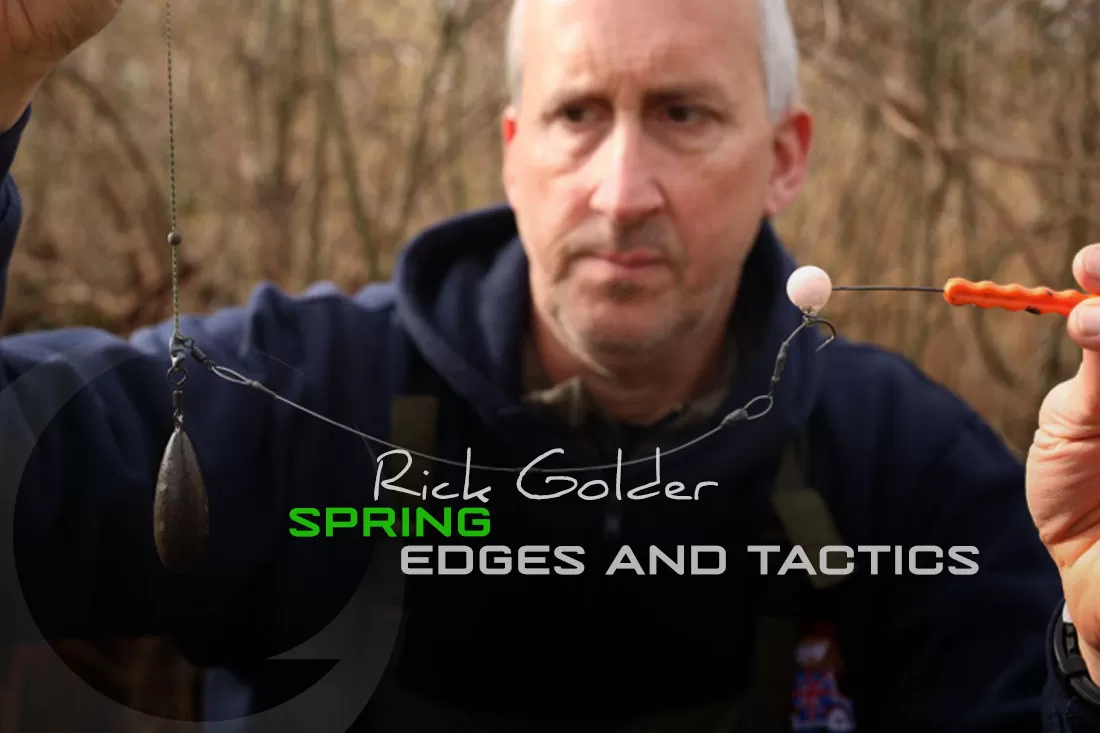
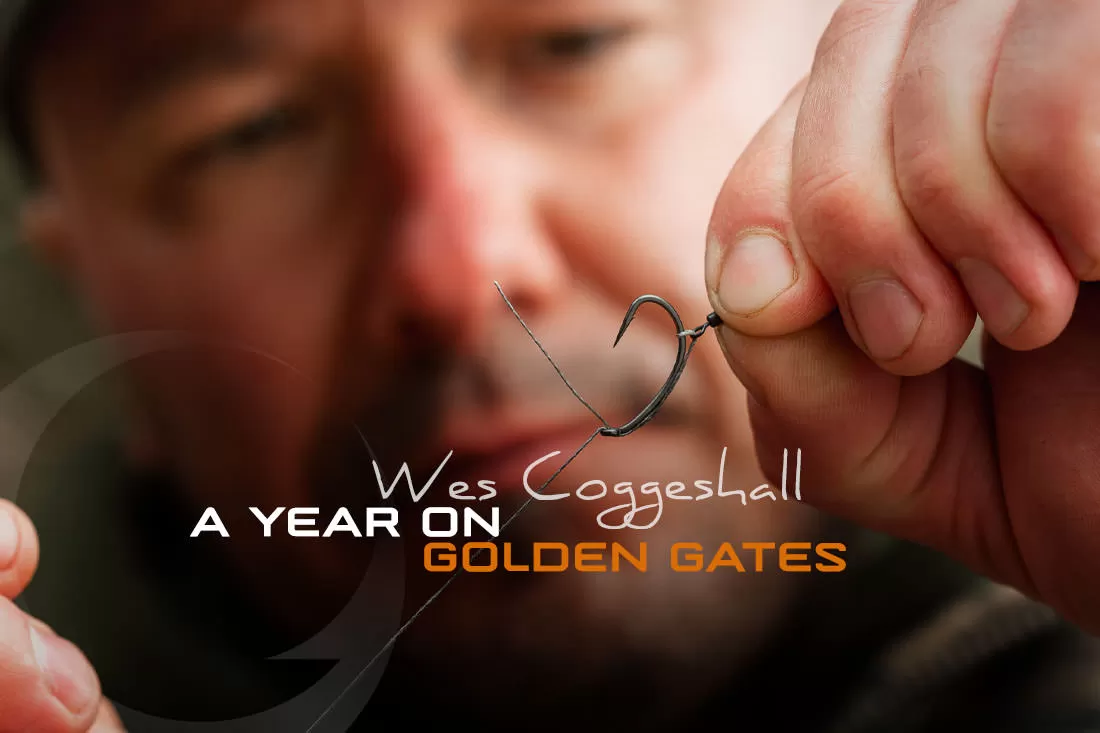
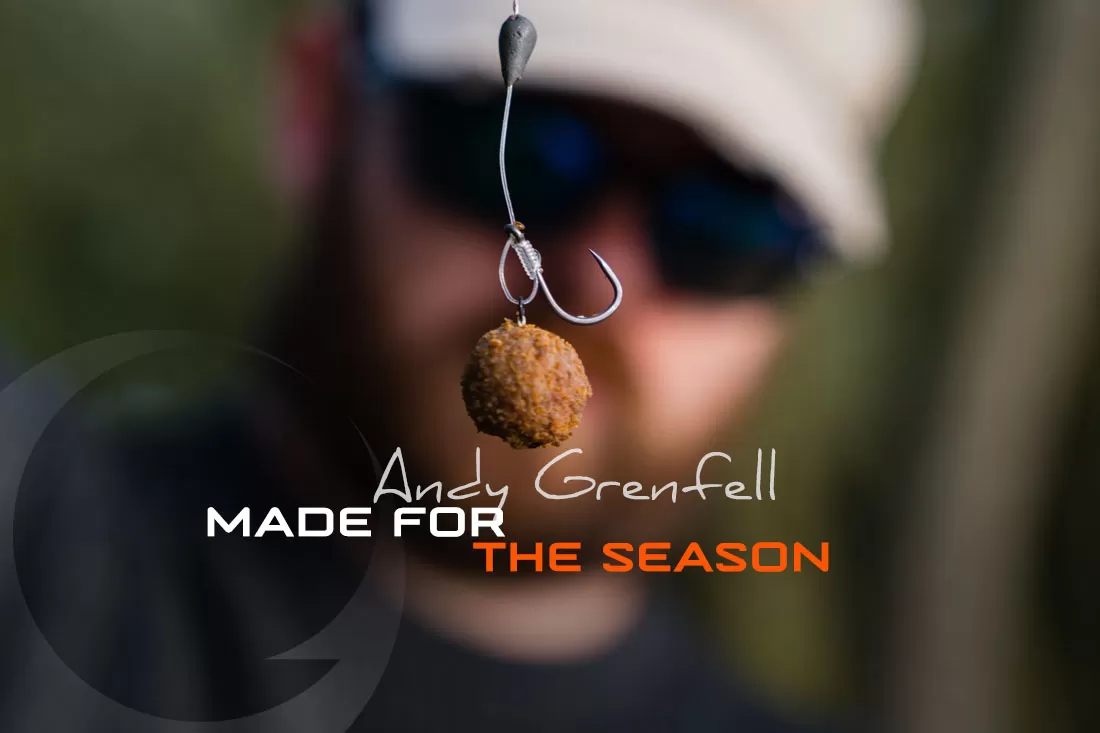
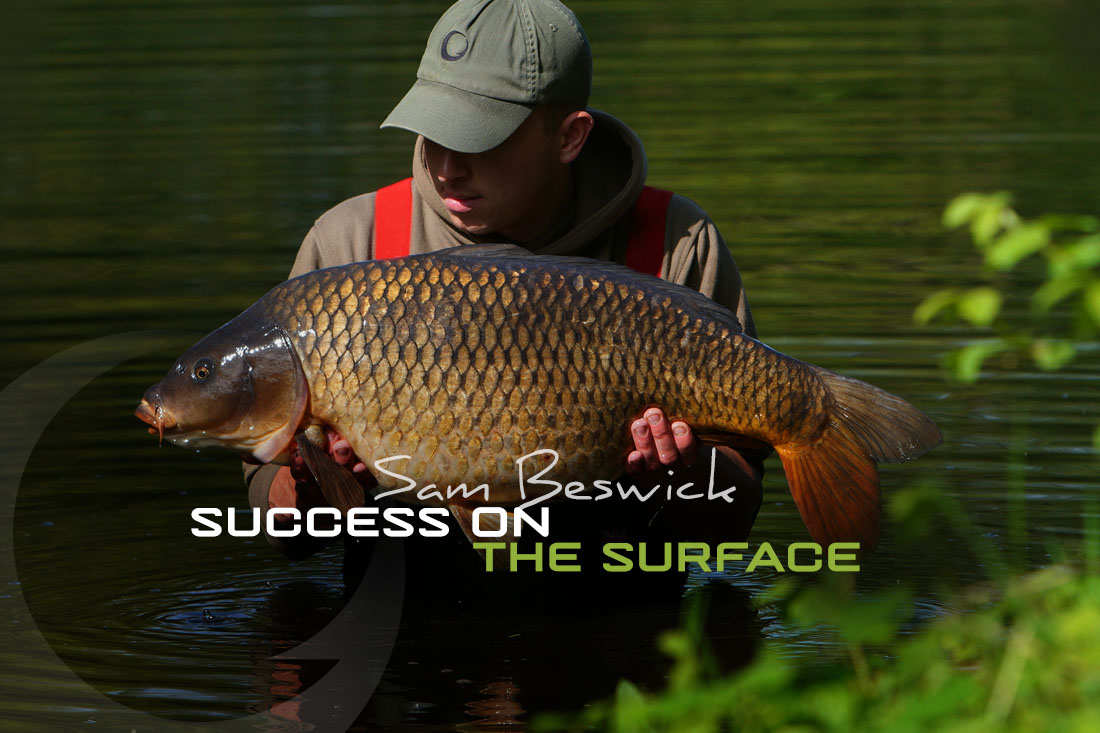
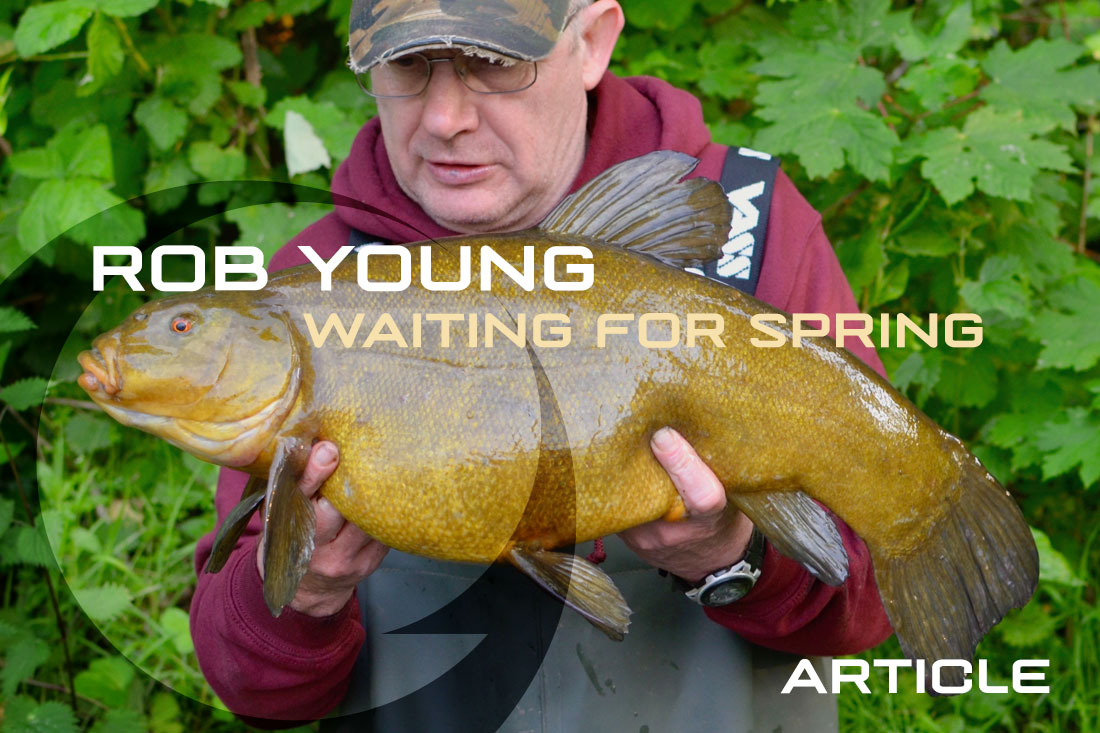
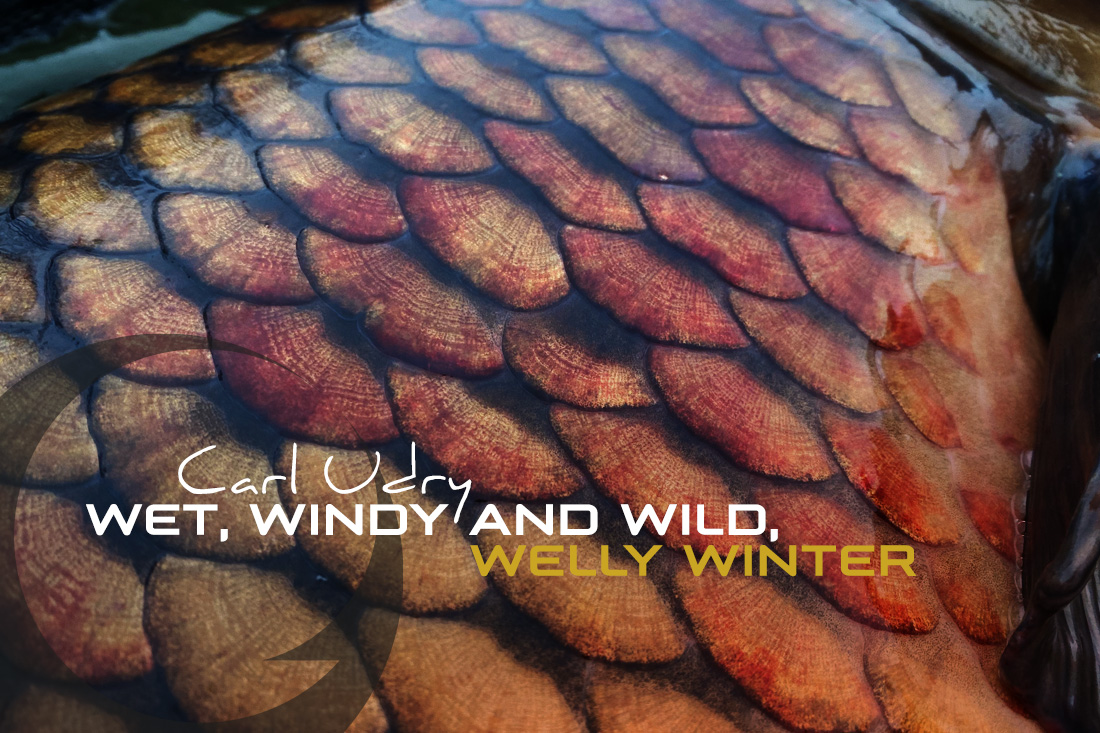
After reading this article from paul the rods were out and his tips and tricks were put into action spent half the day in the local field missing sea gulls and birds what fun i had lol has extremley made me fill more confident on casting now so many thanks paul and gardner. one another note to all that read this i have spoken to paul on a couple of occasions and i must say what a top bloke and by the looks of things a excellent angler many thanks paul for all u have helped me with